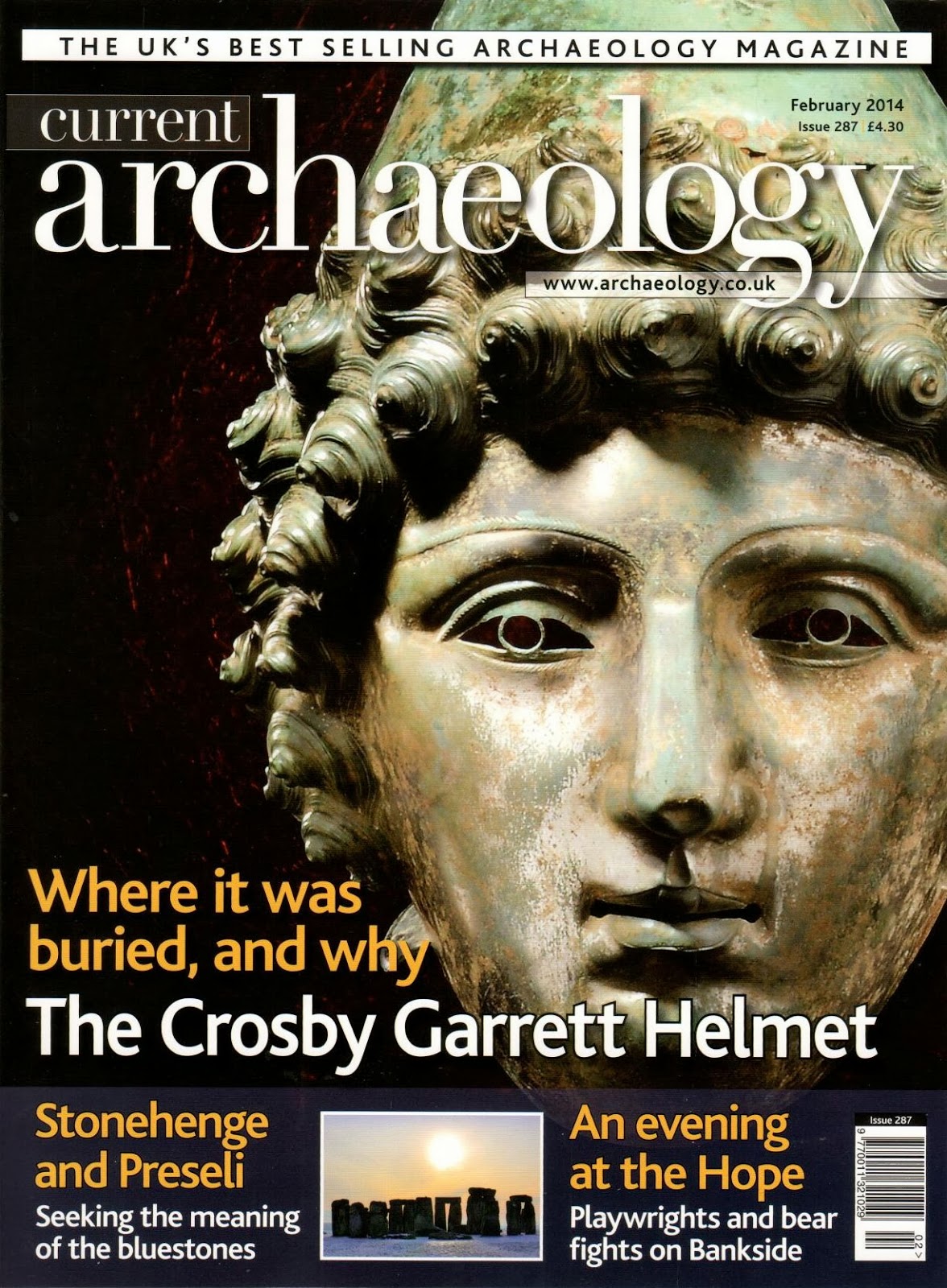 |
| Returned from Dallas. Source: Dallas Museum of Art |
Feldman reports that some potential donors are "frustrated" by the new AAMD Guidelines. But it has probably saved some potentially damaging acquisitions. And Fordham University would have been wise to have researched a donation from a private collection.
The report mentions the Egyptian mummy mask in the St Louis Art Museum that is known to have been excavated at Saqqara but somehow left its place in an archaeological store. Although the collecting history that was provided cannot be accurate, an official from SLAM was quoted as saying that the museum's "position on its legal ownership of the mask has not changed". This position contrasts with Anderson's transparent ethical stance for Dallas.
I am quoted in the report and call for improved documentation for acquired objects. Published collecting histories need to demonstrate the authenticated sources.
And the Art Newspaper notes that social media allow individuals to identify material that has been acquired my museums. So we can expect more returns.



